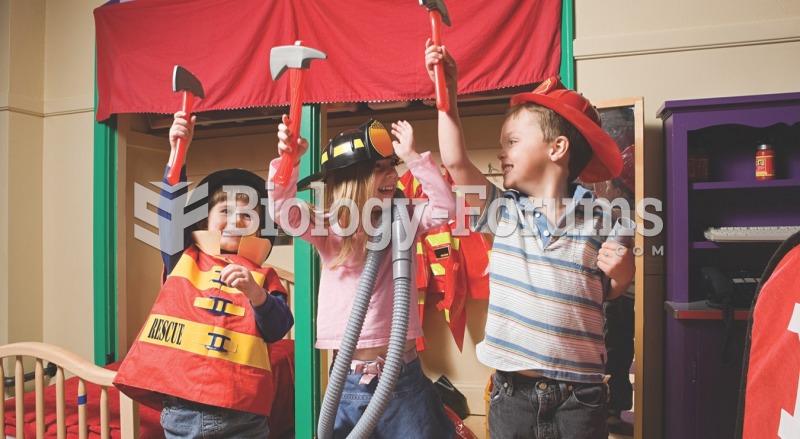Answer to Question 1
D
Answer to Question 2
In general, audiences conduct themselves according to time-honored traditions that are observed by spectators and actors alike. In ancient Greece, theatre took place in a festive atmosphere in which social interaction, eating, and drinking were all part of a daylong theatre event. In ancient Rome, theatre was performed at religious festivals that offered an enormous array of entertainments, and because the theatre competed with other events, audience members would feel free to leave in the middle of a play in search of more interesting entertainment. In the Middle Ages, when theatre was very much a community affair, audiences would gather around wandering players in town squares and interact with each other and the performers. In Shakespeare's time, plays were performed before a rowdy audience who booed, hissed, cheered, conversed, ate, drank, and even threw food at the performers. In late seventeenth century Europe, elite audiences viewed theatre as a social event, attending to see and be seen. During the eighteenth- and nineteenth-century in Europe and the United States, audiences were rowdy; they brought tomatoes, cabbages, and rotten eggs with them to throw at the actors if they didn't like the performance. At a good performance they cheered ecstatically and cried out for encores; an actor would have to repeat a speech as many times as the crowd demanded. Audiences were so passionate about theatre that they protested about areas of concern. For example, in 1849, a riot broke out at the Astor Theatre in NYC, in part due to a rivalry between British actor, Charles Macready and American actor Edwin Forrest. In the Japanese kabuki theatre, audiences yell out to support their favorite actors. At Chinese opera, when a performer does something praiseworthy, audiences will applaud and shout Hao, hao or Good, good, rather than holding their applause until the end of the performance. In African concert party theatre, audiences are expected to participate, hissing at villains and warning characters of danger. With the rise of realism in the West, audiences participate in theatre by watching quietly, engaging intellectually and emotionally with the performance.






